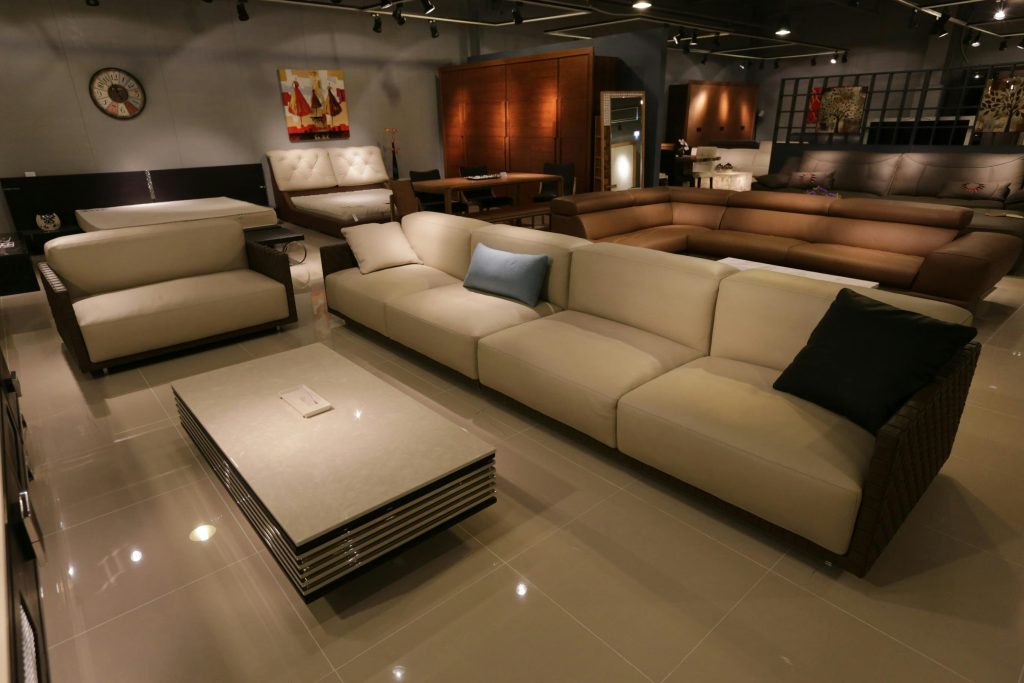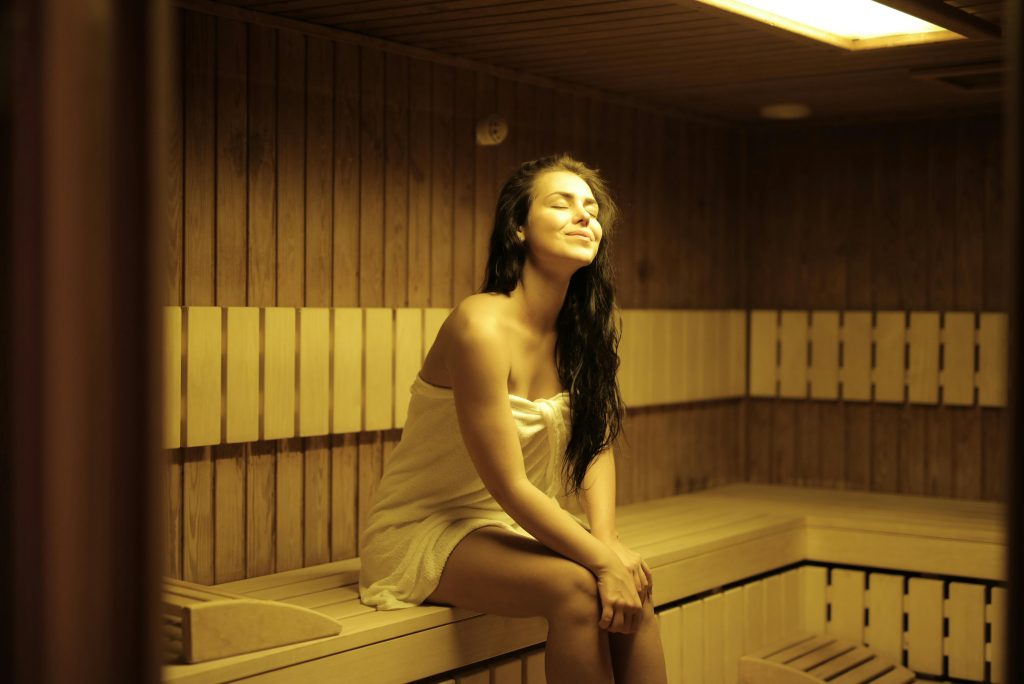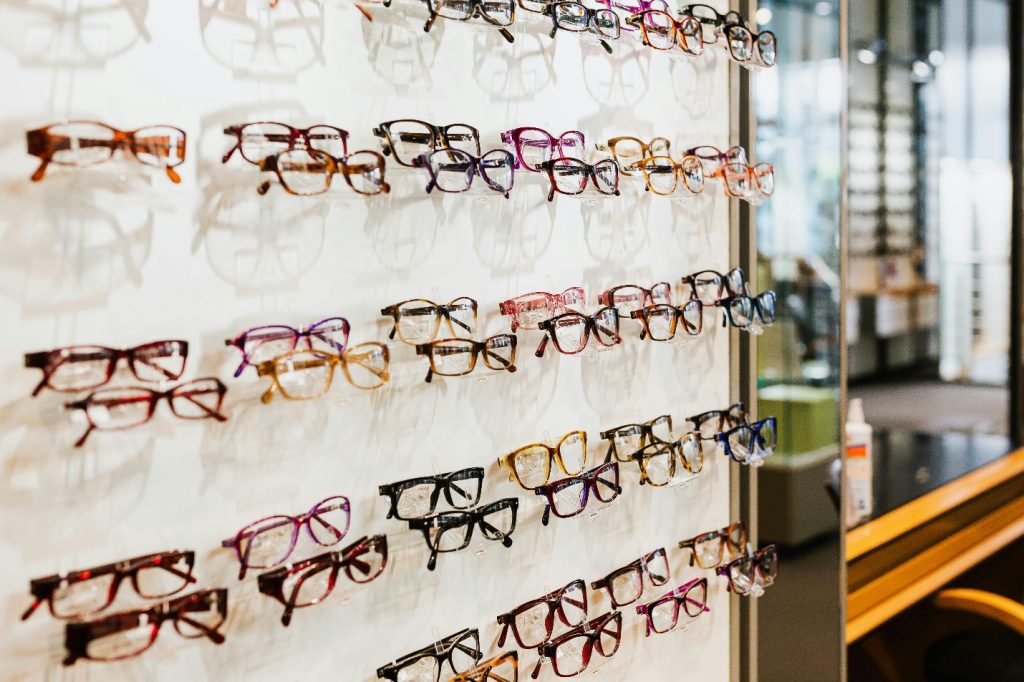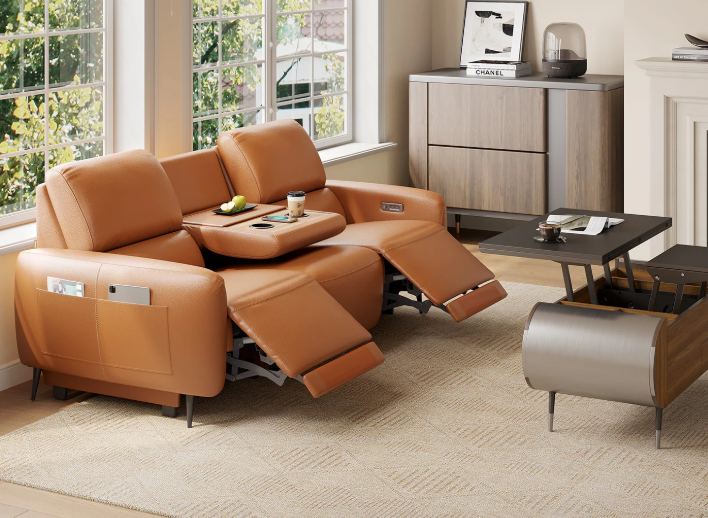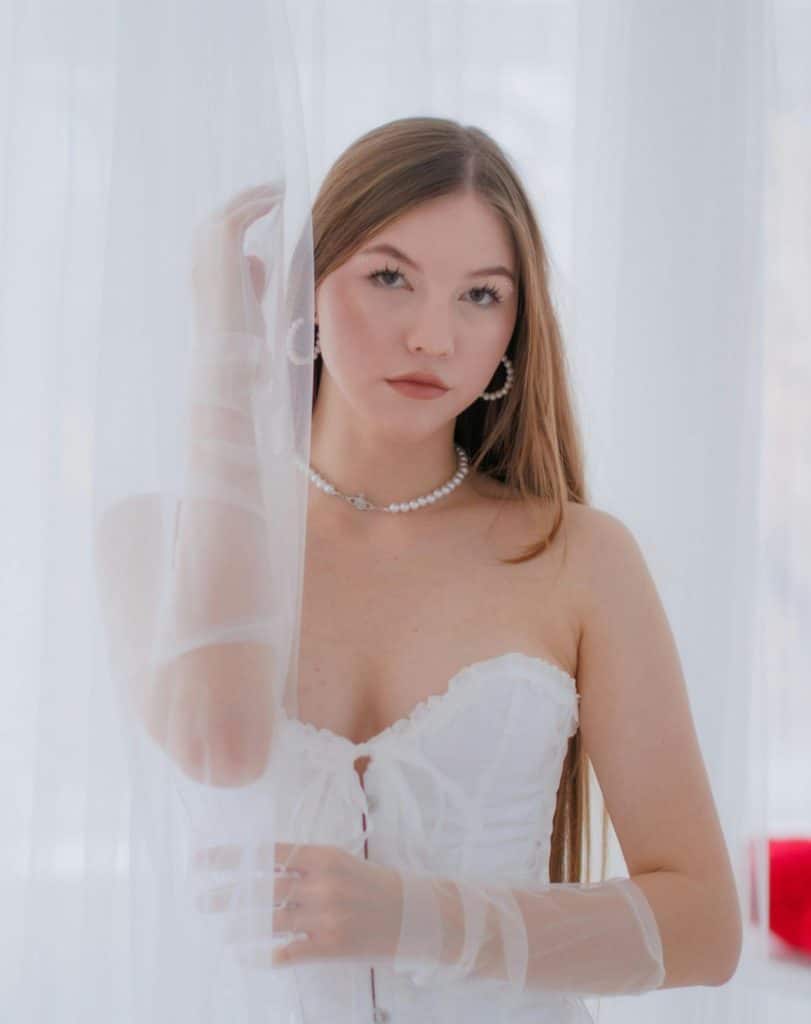It takes more than a keen eye for style to create an inviting and functional space. Many people struggle to get their home or workspace right. A design showroom can play an invaluable role here. Experts can share tips and advice to help avoid typical design mistakes.
This article unveils how showrooms help avoid these missteps to make spaces not only beautiful but functional as well.
Misjudging Space and Scale
One of the most common design mistakes is making an error in understanding space and dimension. Just about everyone picks pieces that overwhelm a place or make it feel too small. A showroom like CeTerra Accents & Interiors can provide you with the reference in visual reference so that you can see how the furniture arrangement will be balanced.
As people view visual references, they get a better idea of proportion and how different pieces can work together in a room. It gives them insight into informed purchases when they select items for their own spaces.
Overlooking the Importance of Color Palette
Colors influence the atmosphere of a room, but choosing the right tones is not always easy. Many people make mistakes when selecting a color, and either everything clashes or does not complement the existing decor.
Showrooms feature various setups of color palettes that illustrate how colors complement each other. These combinations offer the most inspiration and direction one needs in creating a cohesive look that speaks to personal style.
Prioritizing Form Over Function
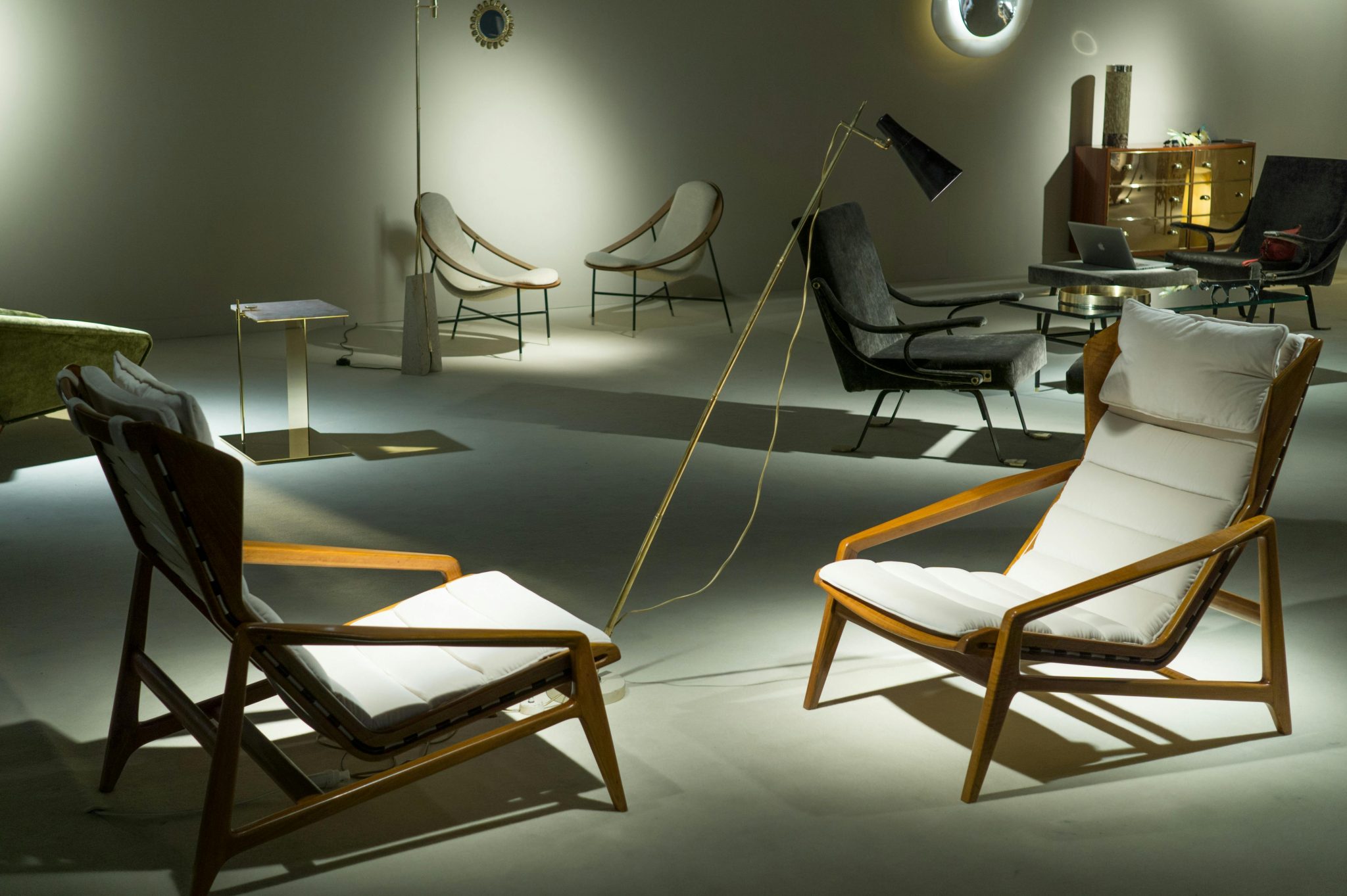
A beautiful piece of furniture may be deeply admired, but its beauty has no value if it is not functional. Many people regret choosing style over comfort or function, leaving them feeling uncomfortable or, worse yet, stuck dealing with an inconvenience.
Showrooms showcase carefully selected products that offer a good balance of form and function. This allows you to judge the usability and comfort of selected items in a real-life setting. With this approach, each piece not only looks good but also performs its intended job perfectly.
Neglecting Materials and Textures
There are so many different materials and textures out there. One classic mistake is selecting pieces that do not go together or hold well over time. Showrooms provide a place to investigate materials and their applications.
This encourages visitors to experience visually and haptically how textures engage with each other in a potential spatial design. Being able to touch items helps them feel for items that complement the decor and last longer.
Not Understanding the Impact of Lighting
Lights are often neglected in design when, in fact, they create the perfect mood and atmosphere for a room. Bad lighting selection can turn the very best-designed area into an uninviting one.
Different types of light work in different places, and a showroom displays this through various lighting solutions. These examples help people to integrate such lighting, which makes the place more functional and suits their purpose.
Underestimating the Utility of Smart Storage Solutions
Clutter kills the allure of a room faster than anything else. People get disorganized a lot because of insufficient storage opportunities.
Innovative storage solutions in showrooms showcase how we can maximize space without compromising style. These are concrete examples of ways to keep your space organized. Leveraging smart storage, people can keep their homes tidy.
Not Utilizing Trends Responsibly
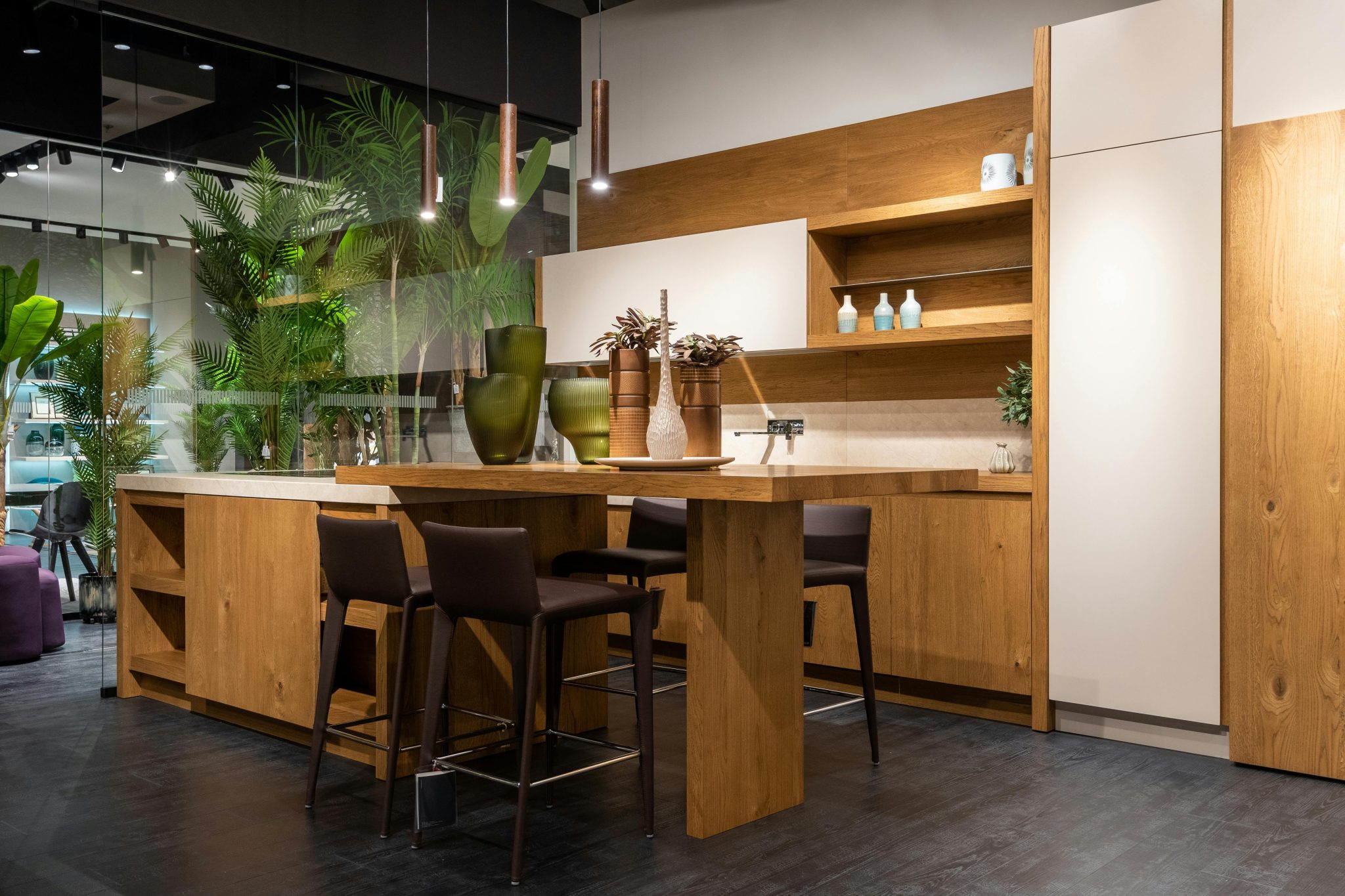
Fads are fleeting, and you can get carried away with the latest trends. The downside of jumping on trends is that as trends fade, they can easily make your whole look feel dated.
Mix timeless and trendy showroom displays to find timeless and trendy pieces. This method allows a person to include trends to enhance the design instead of overpowering it, making this design timeless and relevant.
Poor Budget Management
Design projects can easily become expensive. Without a clear plan, individuals might end up exceeding their budget. Showrooms often provide more budget-friendly alternatives. They show you how to get that luxe style for less. With this knowledge, a person can spend smarter, shelling out cash for key items while saving on others.
Conclusion
Creating a visually appealing and functional space is not always a simple task. Tackling it alone can be confusing, but with the resources and examples a showroom can provide, it can be a much easier.
Learning from these spaces can help people sidestep the most common design pitfalls and produce a home that reflects their personality and fulfills their needs. From scale, color, and trends, showrooms provide invaluable insights that turn ideas into a tangible reality.


